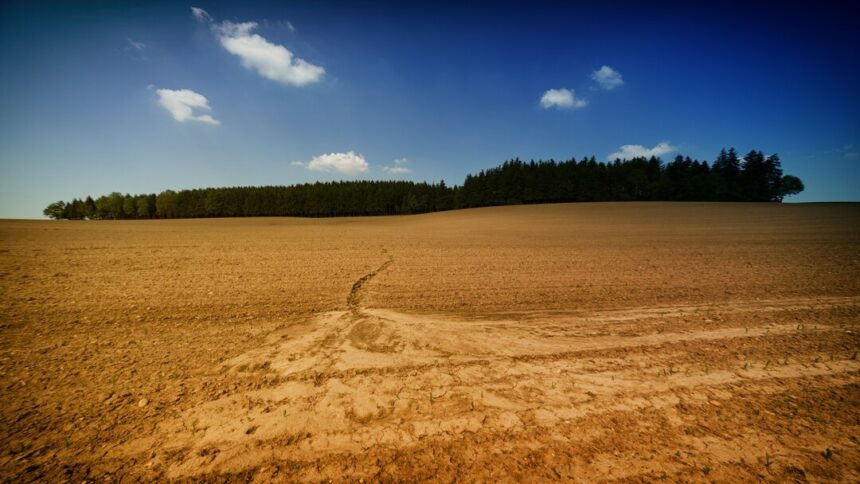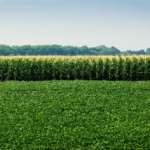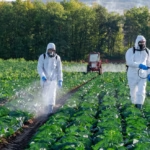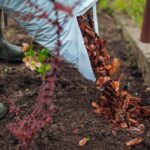Soil compaction is a critical issue in modern farming, with far-reaching effects on crop productivity, soil health, and sustainability. It occurs when soil particles are pressed tightly together, reducing pore space and limiting the movement of air, water, and nutrients. Compaction can result from various activities, such as heavy machinery use, livestock trampling, and repeated tillage, and can significantly impair the soil’s ability to support plant growth. Understanding its causes, effects, and prevention is vital for farmers seeking to maintain healthy, productive soils.
One of the primary impacts of soil compaction is the restriction of root growth. Compacted soil layers, often referred to as plow pans or hardpans, create physical barriers that roots cannot easily penetrate. This limits the root system’s ability to access nutrients and water, leading to stunted plant growth and reduced yields. Additionally, compacted soil retains less water and drains poorly, increasing the risk of waterlogging during wet seasons and drought stress during dry periods. These challenges can lead to uneven crop development and significant economic losses for farmers.
Compaction also disrupts the soil’s natural structure, negatively impacting its microbial activity. Soil microbes play a crucial role in nutrient cycling and organic matter decomposition, processes that are essential for maintaining soil fertility. When compaction reduces pore spaces, it creates anaerobic conditions that can harm beneficial microorganisms and encourage the growth of harmful ones, further degrading soil health.
Preventing soil compaction starts with minimizing the factors that contribute to it. One of the most effective strategies is reducing the use of heavy machinery, particularly on wet soils. Wet soil is more susceptible to compaction because water acts as a lubricant between particles, making them easier to compress. Farmers should avoid field operations when soils are saturated and consider using lighter equipment or low-pressure tires to distribute weight more evenly.
Crop rotation and cover cropping are also valuable tools for preventing compaction. Deep-rooted plants, such as alfalfa or radishes, can naturally break up compacted soil layers while improving soil structure and organic matter content. Cover crops protect the soil surface from the direct impact of rain and machinery, reducing the risk of compaction over time.
Reduced or no-till farming practices can also mitigate soil compaction by minimizing soil disturbance. Traditional tillage breaks up the soil but can create compacted layers below the tilled zone. By avoiding frequent tillage, farmers can preserve the natural soil structure and encourage the development of healthy root systems and microbial activity.
Controlled traffic farming (CTF) is another effective approach, involving the use of designated pathways for machinery. This limits compaction to specific areas of the field while leaving the rest of the soil undisturbed. Over time, this practice helps maintain soil porosity and health in non-traffic zones, improving overall field productivity.
In conclusion, soil compaction is a significant challenge in farming that requires proactive management to maintain soil health and agricultural productivity. By understanding its causes and effects, farmers can adopt preventive measures such as reducing machinery use on wet soils, implementing crop rotation and cover crops, and utilizing conservation tillage and controlled traffic systems. These practices not only prevent compaction but also contribute to long-term sustainability, ensuring that the soil remains a viable resource for future generations.








